Climate Change increasing growing seasons?
legless_marine
15 years ago
Related Stories

FARM YOUR YARD9 Ways to Change Up Your Vegetable Garden for the Coming Season
Try something new for edible plantings that are more productive than ever
Full Story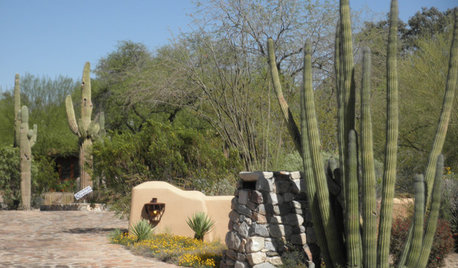
SOUTHWEST GARDENINGUnderstanding the American Southwest's Three Main Climate Zones
If you live in one of the arid or semiarid regions of the U.S. Southwest, this gardening zone guide is for you
Full Story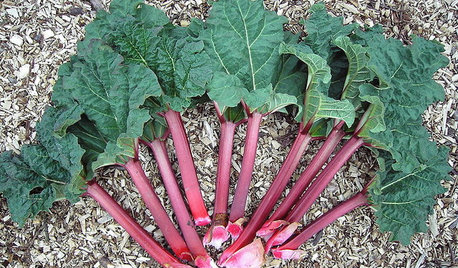
COOL-SEASON CROPSCool-Season Vegetables: How to Grow Rhubarb
This showstopping perennial especially flourishes in the cold of fall and winter gardens, and the proof is in the pies
Full Story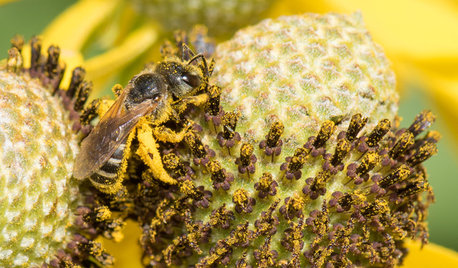
GARDENING GUIDESWelcome Sweat Bees to Your Garden Throughout the Growing Season
Look before you swat! These friendly sweat bees will feed on your sweat on a hot summer day, but their main buffet is flowers
Full Story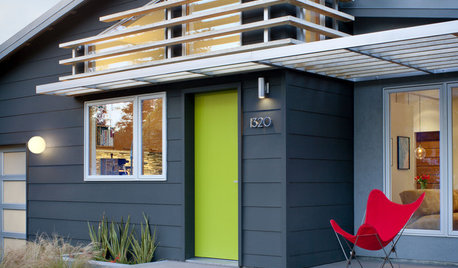
EXTERIORS17 Ways to Increase Your Home's Curb Appeal
The word on the street? Homes with appealing front views can sell faster, lift moods and convey a warm welcome
Full Story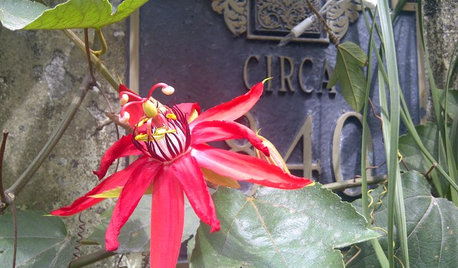
FLOWERS5 Sensational Flowering Vines for Warm Climates
Splash your garden with bright tropical color from late summer through fall with these showy trailing and climbing beauties
Full Story
EDIBLE GARDENSHow to Grow Your Own European and Asian Pears
Try these trees for their good looks, delicious fruit and wide range of sizes — plus you can espalier them
Full Story
GARDENING GUIDESWhat Kind of Roses Should You Grow?
Want to add the beauty of roses to your garden? Find out which ones, from old-fashioned to modern, are right for you
Full Story
GARDENING GUIDES7 New Plants to Grow for Beautiful Foliage
Add color, structure and interest to your garden with these recently introduced plants that sport exceptional foliage
Full Story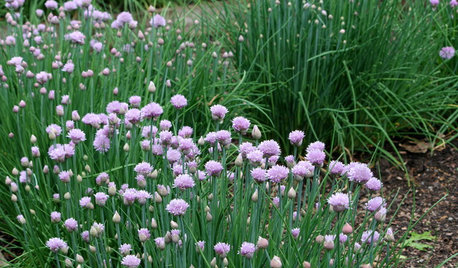
HERBSHerb Garden Essentials: How to Grow Chives
This decorative and delicately flavored herb from the onion family is easy to grow indoors and out
Full Story





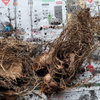
beegood_gw
runningtrails
Related Professionals
Fillmore Landscape Architects & Landscape Designers · Fort Lee Landscape Architects & Landscape Designers · Milwaukee Landscape Architects & Landscape Designers · Matthews Landscape Contractors · Edmond Landscape Contractors · Bedford Landscape Contractors · El Mirage Landscape Contractors · Gresham Landscape Contractors · Huntley Landscape Contractors · La Mirada Landscape Contractors · Pomona Landscape Contractors · Rosemount Landscape Contractors · Siloam Springs Landscape Contractors · Teaneck Landscape Contractors · West Orange Landscape Contractorsglen3a
greenstar
den_vic
triple_b
den_vic
triple_b
den_vic
yugoslava
den_vic
aftermidnight Zone7b B.C. Canada
den_vic
den_vic
John_Trillient_com